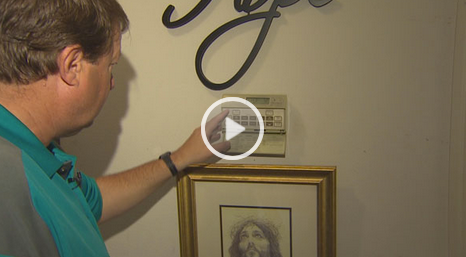Thousands Of Texans Being Charged For Conserving Power
” Hundreds of thousands of Texans have been charged by their power providers for not using enough power.
We have all heard the pleas, “Use as little power as you can.” But that may be costing you and you don’t even know it.
After hearing a complaint from an 11 News viewer Jeremy Desel dug into the power problem and found you may be one of thousands paying for something you did not even use.
“ Surprise! You did not use enough electricity so we are going to tack on a $10 fee,” Cole found.
You heard right a $9.95 fee that was right there in his energy bill, but not there every month. His energy provider calls it a Base charge on the bill, but that is not true because it is really a minimum usage charge.
There in the fine print of almost every plan from every provider available here is similar language, if your usage is less than 1000KW hours, expect a fee of anywhere from 10 to 30 dollars depending on the provider.”
Read more on this hypocrisy here
—






